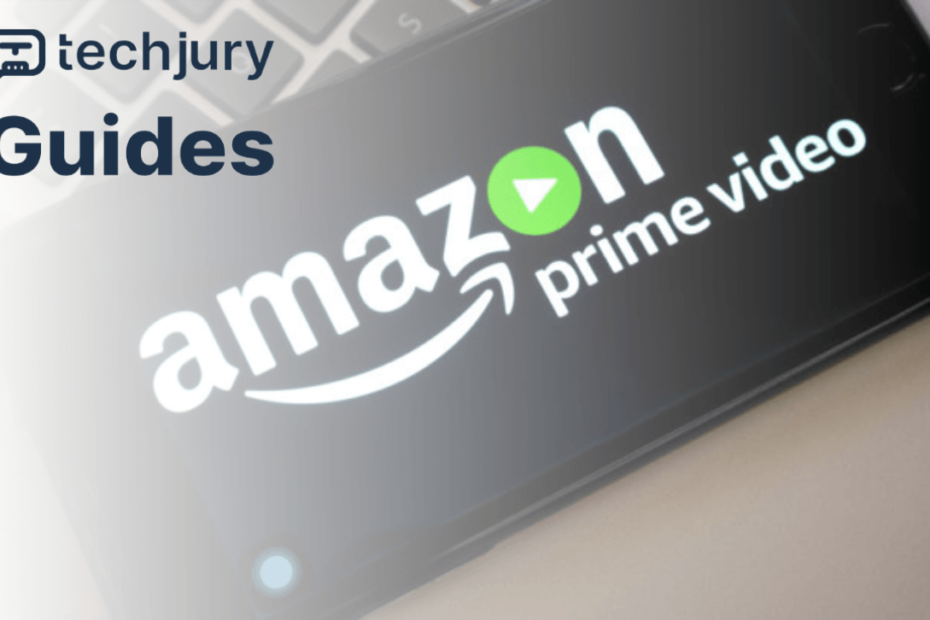Understanding the Complex World of Streaming Restrictions
Imagine you‘re settling in for a relaxing evening, ready to stream your favorite show on Amazon Prime, when suddenly you encounter a frustrating error message blocking your access. You‘ve connected through a VPN, hoping to bypass geographic restrictions, but the streaming service seems one step ahead. What‘s really happening behind the scenes?
As a technology expert specializing in network security and streaming technologies, I‘ve spent years investigating the intricate mechanisms that power content distribution platforms. The battle between VPN users seeking unrestricted access and streaming services implementing robust blocking technologies represents a fascinating technological chess match.
The Fundamental Challenge: Content Licensing and Territorial Rights
At its core, Amazon Prime‘s VPN blocking isn‘t about preventing user access—it‘s about protecting complex international licensing agreements. Every piece of content represents a carefully negotiated contract specifying precisely where and how it can be distributed. When you attempt to access content through a VPN, you‘re essentially challenging these meticulously crafted legal frameworks.
Technical Mechanisms of VPN Detection
Streaming platforms like Amazon Prime employ sophisticated multi-layered detection strategies that go far beyond simple IP address checking. These systems utilize advanced algorithmic approaches combining multiple technological signals to identify and block VPN traffic.
IP Address Fingerprinting
The first and most fundamental detection method involves analyzing IP address characteristics. VPN services typically use shared IP ranges that can be easily identified through comprehensive databases. When multiple users simultaneously access the same IP address, it raises immediate red flags for streaming platforms.
Modern VPN detection algorithms examine:
- IP address origin
- Historical access patterns
- Concurrent connection volumes
- Geolocation metadata
- Network routing information
Behavioral Pattern Recognition
Beyond static IP analysis, advanced systems track user behavior patterns. Sudden geographic location shifts, unusual connection timings, and inconsistent network routing can trigger sophisticated detection mechanisms.
DNS Leak Identification
Even the most advanced VPNs can inadvertently reveal a user‘s true location through DNS resolution processes. Amazon Prime‘s detection systems continuously monitor these subtle network signals, looking for discrepancies that might indicate VPN usage.
The Technological Arms Race: VPNs vs. Streaming Platforms
What emerges is a perpetual technological arms race. As VPN providers develop more advanced obfuscation techniques, streaming platforms continuously refine their detection methodologies. This dynamic creates an ever-evolving landscape of access technologies.
Encryption and Traffic Obfuscation
Leading VPN providers now implement increasingly sophisticated encryption protocols designed to make traffic indistinguishable from standard internet connections. Techniques like:
- Protocol obfuscation
- Multi-hop routing
- Dedicated IP assignments
- Advanced encryption standards
These approaches aim to create more resilient, undetectable connection methods.
Legal and Ethical Considerations
The VPN blocking phenomenon isn‘t merely a technical challenge—it represents a complex intersection of technological capabilities, legal frameworks, and digital rights. Streaming platforms argue they‘re protecting intellectual property rights, while VPN users contend they‘re seeking fair, unrestricted access to content.
Global Perspectives on Digital Access
Different regions approach VPN usage and content restrictions through varying legal and cultural lenses. What might be considered a minor technical workaround in one country could represent a significant legal challenge in another.
Practical Strategies for Users
While complete circumvention remains challenging, several strategies can improve your chances of successful VPN-based streaming:
Select Premium VPN Services: Invest in reputable providers with advanced obfuscation technologies.
Rotate Server Locations: Frequently changing your virtual location can help avoid persistent blocking.
Update Connection Protocols: Utilize the most recent VPN technologies and encryption standards.
Maintain Updated Software: Ensure your VPN client reflects the latest technological developments.
The Future of Streaming Access Technologies
As we look toward emerging technological horizons, several fascinating trends are reshaping how we think about digital content access:
- Blockchain-based content distribution
- Decentralized streaming platforms
- More granular geographic licensing models
- Advanced machine learning detection systems
Emerging Authentication Technologies
The next generation of content access will likely involve more sophisticated, user-centric authentication approaches. Imagine personalized access models that respect both user privacy and content distribution rights.
The ongoing tension between VPN users and streaming platforms represents more than a technical challenge—it‘s a reflection of our increasingly complex digital ecosystem. As technology continues evolving, so too will the strategies for accessing and protecting digital content.
For now, users must remain adaptable, informed, and strategic in their approach to streaming technologies. The most successful digital citizens will be those who understand the nuanced technological landscape and can navigate its complexities with intelligence and creativity.
Key Insights to Remember
- VPN blocking is a multi-layered technological process
- Streaming platforms protect complex licensing agreements
- Technological evolution is constant and dynamic
- User strategies must remain flexible and informed
By understanding these fundamental principles, you‘ll be better equipped to navigate the intricate world of digital content access.
